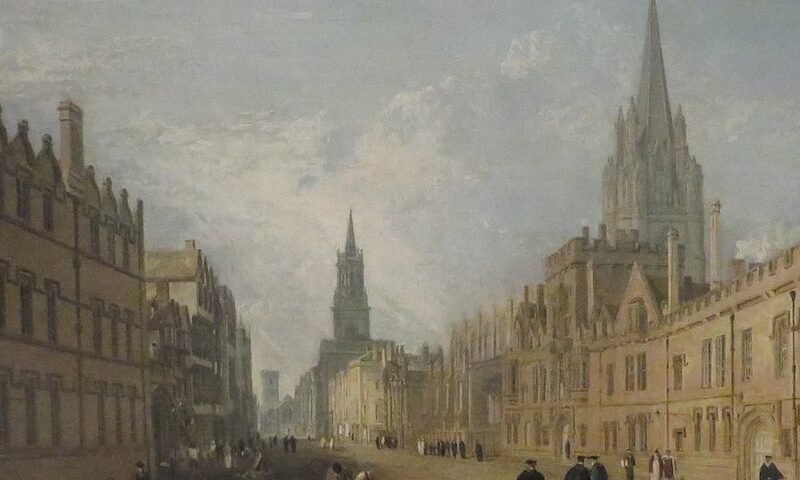Tracts for the Times 2.0
The launch of the Oxford Movement is traditionally dated (following John Henry Newman’s reckoning) from John Keble’s Assize sermon on Bastille Day, July 14, 1833. But it wasn’t until the inauguration of The Tracts for the Times, also in 1833, that the Oxford Movement became a public movement for the renewal of the Church of…




